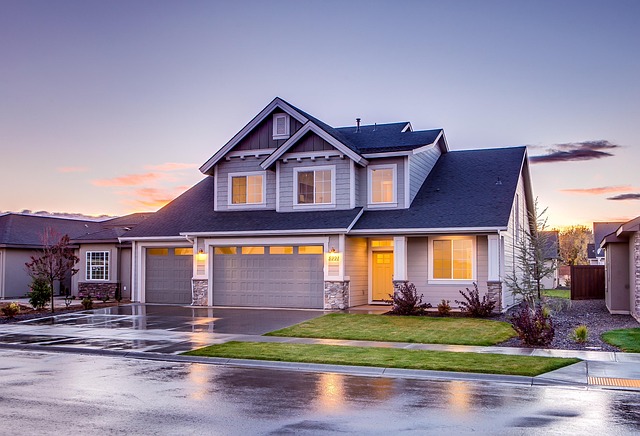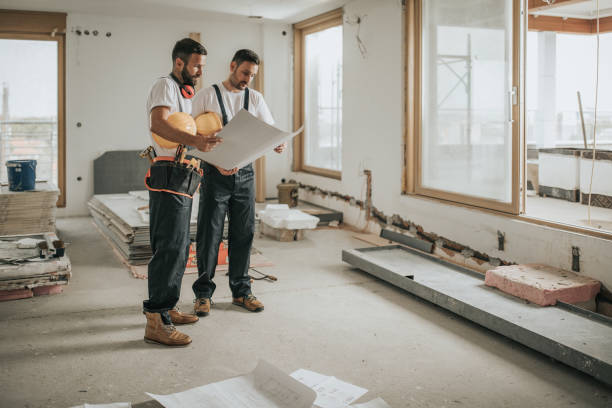What Every Homeowner Should Know About Property Value
Understanding what drives property value is essential for any homeowner, whether you’re thinking of selling, refinancing, or simply investing in your future. This article breaks down the key factors that influence your home’s worth, from location and market trends to renovations and upkeep. By gaining a clear picture of how property values are assessed, you can make smarter decisions to protect and grow your investment with confidence.

What Are the Primary Factors That Influence Home Value?
Several core elements determine your property’s market value, with physical characteristics leading the list. Square footage, number of bedrooms and bathrooms, lot size, and overall condition significantly impact pricing. The age and architectural style of your home also play important roles, as do major systems like HVAC, plumbing, and electrical infrastructure.
Beyond structural elements, property features such as updated kitchens, modern appliances, energy-efficient windows, and well-maintained landscaping contribute to value. Unique amenities like swimming pools, fireplaces, or finished basements can add worth, though their impact varies by regional preferences and market demand.
How Do Location and Neighborhood Affect Property Pricing?
Location remains the golden rule of real estate valuation. Properties in desirable neighborhoods with low crime rates, well-maintained streets, and attractive surroundings typically command higher prices. Proximity to quality schools often serves as a major value driver, as families prioritize educational opportunities when choosing homes.
Access to amenities significantly influences pricing as well. Homes near shopping centers, restaurants, parks, public transportation, and major employers generally hold stronger value. Conversely, properties located near airports, industrial facilities, or busy highways may experience reduced desirability and pricing pressure.
How Do Market Trends Impact Real Estate Values?
Real estate markets operate in cycles, with supply and demand dynamics driving value fluctuations. During seller’s markets, limited inventory and high buyer demand push prices upward. Buyer’s markets, characterized by abundant inventory and fewer purchasers, typically result in price stabilization or decline.
Interest rates substantially affect market conditions and property values. Lower rates increase buyer purchasing power, often driving up demand and prices. Higher rates can cool markets by reducing affordability and buyer activity. Economic factors like employment rates, population growth, and local industry health also influence market trends and property valuations.
What Unique Factors Impact Home Values in the United States?
American real estate markets face distinct influences that vary by region. Natural disaster risks, including hurricanes, earthquakes, wildfires, and flooding, significantly impact property values and insurance costs. Climate change considerations increasingly affect long-term value projections, particularly in vulnerable coastal or fire-prone areas.
State and local tax policies create major value variations across regions. Property tax rates, state income taxes, and local fees influence affordability and desirability. Additionally, zoning regulations, building codes, and development restrictions shape supply and demand dynamics differently across American communities.
What Investment Strategies Can Increase Your Home’s Value?
Strategic home improvements offer excellent opportunities to boost property value. Kitchen and bathroom renovations typically provide strong returns on investment, particularly when updating fixtures, countertops, and appliances. Adding square footage through finished basements, room additions, or converted spaces can significantly increase value.
Energy efficiency upgrades serve dual purposes by reducing utility costs and appealing to environmentally conscious buyers. Installing new windows, upgrading insulation, or adding solar panels can enhance value while providing immediate benefits. Curb appeal improvements, including landscaping, exterior painting, and front door updates, create positive first impressions that translate to higher valuations.
| Service Type | Provider Examples | Cost Estimation |
|---|---|---|
| Professional Appraisal | Local certified appraisers, AMC companies | $300-$600 per appraisal |
| Home Value Estimates | Zillow, Redfin, Realtor.com | Free online estimates |
| Comparative Market Analysis | Local real estate agents | Typically free when working with agent |
| Property Tax Assessment | County assessor offices | Varies by jurisdiction |
Prices, rates, or cost estimates mentioned in this article are based on the latest available information but may change over time. Independent research is advised before making financial decisions.
Regular property maintenance protects and preserves home value over time. Addressing minor repairs promptly prevents costly major issues later. Keeping detailed records of improvements and maintenance helps demonstrate property care to potential buyers and supports higher valuations.
Understanding your local market conditions helps identify optimal timing for improvements or sales. Monitoring comparable sales, neighborhood trends, and broader market indicators provides valuable insights for strategic decision-making. Working with experienced local real estate professionals can provide expert guidance tailored to your specific market and property characteristics.
Property value knowledge empowers homeowners to maximize their investment potential while making informed decisions about improvements, refinancing, or selling. By staying informed about market trends and maintaining their properties strategically, homeowners can protect and enhance their most valuable asset while building long-term wealth through real estate ownership.




